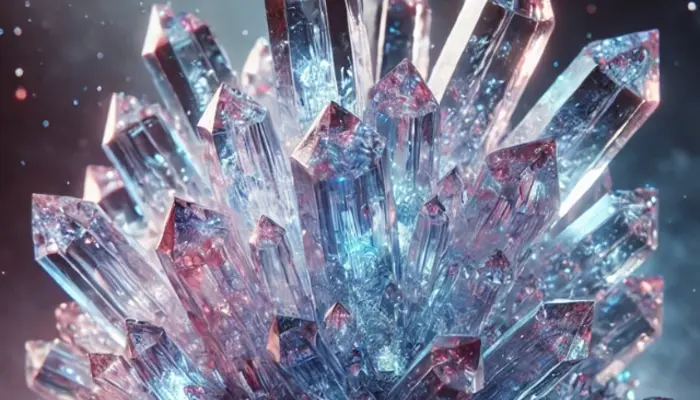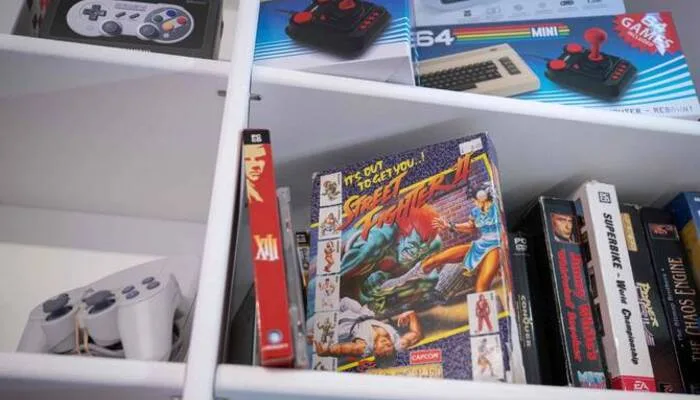Crystal Memory Breakthrough Fits Terabytes into Tiny Cube

Researchers at the University of Chicago have achieved a groundbreaking advancement in crystal memory technology. They successfully stored terabytes of data in a crystal cube just one millimeter in size. This innovation, which uses atomic defects to encode binary information, may redefine data storage and computing.
Leveraging Atomic Defects for Data Storage
The team from UChicago’s Pritzker School of Molecular Engineering based their work on manipulating single-atom defects in crystals. Traditional storage devices rely on physical limits to toggle between “on” and “off” states, but the researchers circumvented these constraints by using rare-earth ions to create a new type of memory system.
Assistant professor Tian Zhong led the team in integrating praseodymium ions into a yttrium oxide crystal. When exposed to ultraviolet laser light, these ions released electrons, which then became trapped in defects within the crystal.
Read: Google Uses AI for Automatic Password Changes
How Crystal Memory Works
By controlling the charge state of each defect, the researchers established a binary system: charged defects represent “1” while uncharged defects represent “0.” Although crystal defects have been explored in quantum computing, this project focused on using them for classical, non-volatile memory.
First author Leonardo França explained that the study combines principles of quantum and optical data storage to create a unique solution. “There is growing demand for advancements in both quantum computing and classical storage technologies,” he said. Their work bridges the gap between these two fields to push storage capabilities to new heights.
Massive Data Storage in a Tiny Space
This crystal memory technology has the potential to revolutionize data storage by offering high-capacity solutions in ultra-compact formats. The team’s innovative approach could store enormous amounts of information in a space smaller than a grain of rice.
França emphasized the potential of rare-earth elements, whose versatile optical properties may allow this storage method to be adapted to other materials. This adaptability opens new possibilities for future applications in computing and data management.
Expanding the Future of Computing
As global data storage needs grow exponentially, innovations like this crystal memory system offer hope for the future. The researchers believe this breakthrough could lead to more efficient, compact, and scalable data storage options.
This discovery stands at the interface of quantum and classical storage technologies, offering a promising path forward in the quest for ultra-compact data solutions. The University of Chicago’s pioneering work may soon push the boundaries of computing and data storage like never before.
Follow us on Google News, Instagram, YouTube, Facebook,Whats App, and TikTok for latest updates












